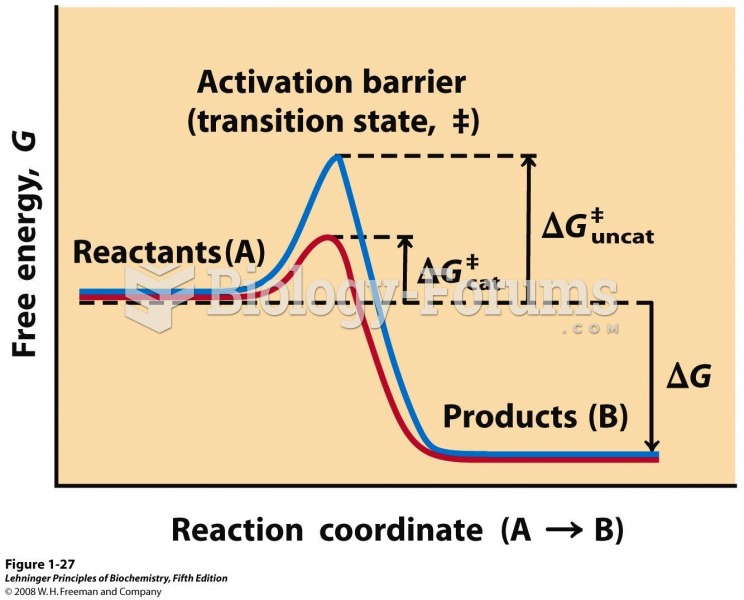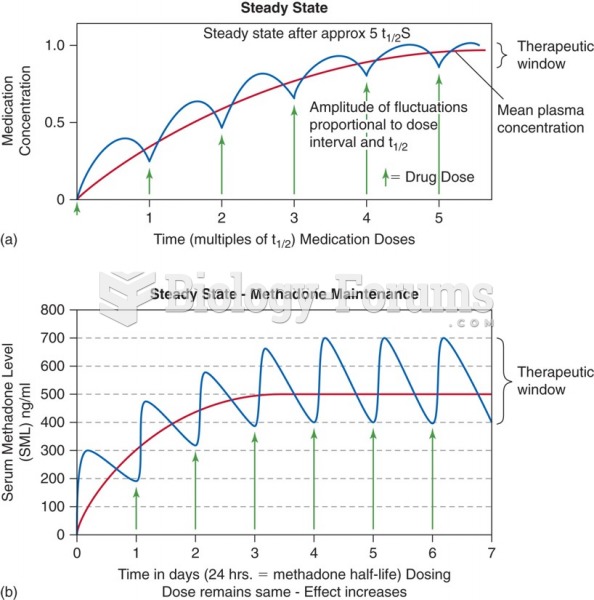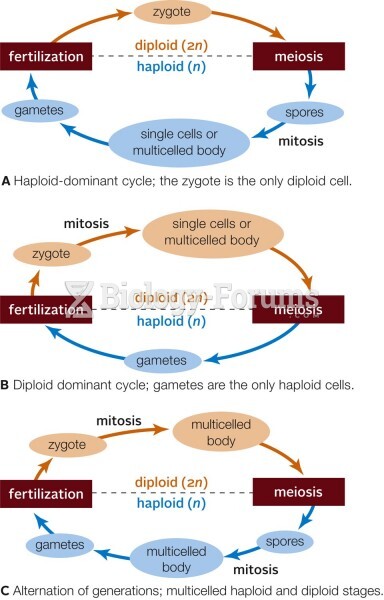Answer to Question 1
3
Rationale 1: Easy awakening is not a condition of general anesthesia.
Rationale 2: General anesthesia involves total analgesia.
Rationale 3: General anesthesia involves total analgesia and loss of consciousness, memory, and body movements.
Rationale 4: General anesthesia involves loss of consciousness.
Global Rationale: General anesthesia involves total analgesia and loss of consciousness, memory, and body movements.
Answer to Question 2
1
Rationale 1: The most common cause of vitamin B12 deficiency (pernicious anemia) is absence of intrinsic factor, a protein secreted by stomach cells. This protein is required for vitamin B12 to be absorbed from the intestine. Symptoms of pernicious anemia involve the nervous system and include memory loss, confusion, tingling or numbness in the limbs, and mood disturbances.
Rationale 2: A decrease in red blood cells does not occur with pernicious anemia.
Rationale 3: Jaundice and tarry stools do not occur with pernicious anemia.
Rationale 4: Low hemoglobin and hematocrit counts do not occur with pernicious anemia.
Global Rationale: The most common cause of vitamin B12 deficiency (pernicious anemia) is absence of intrinsic factor, a protein secreted by stomach cells. This protein is required for vitamin B12 to be absorbed from the intestine. Symptoms of pernicious anemia involve the nervous system and include memory loss, confusion, tingling or numbness in the limbs, and mood disturbances. A decrease in red blood cells, jaundice, tarry stools, and low H&H do not occur with pernicious anemia.







